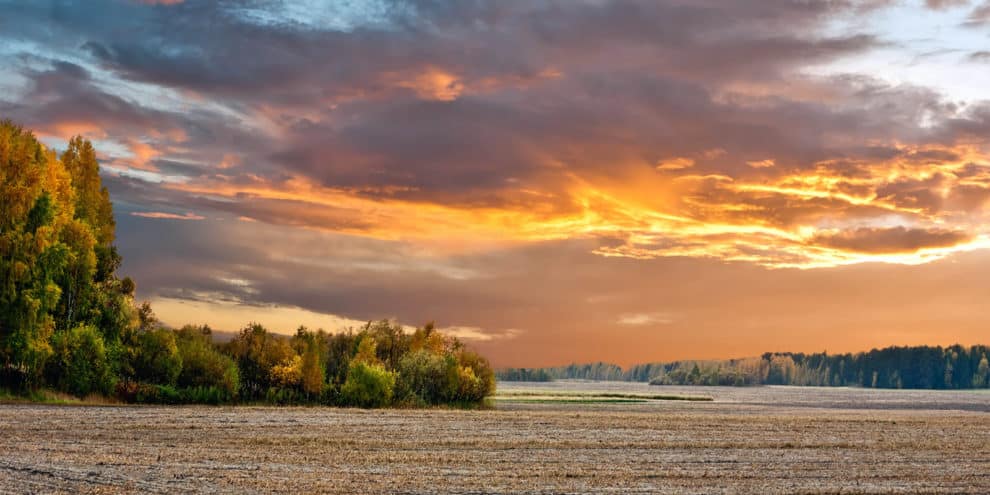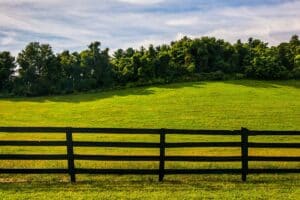Savvy investors have long realized the advantages of owning real, tangible assets, especially those backed by underlying land. Real estate, both commercial and residential, is probably most familiar to investors. A pass through the cable TV channel guide will land on dozens of “fix and flip” real estate shows, but outside farming communities, there simply isn’t much public awareness or knowledge on how to make money by owning agricultural land. The benefits of both these classes of real estate are similar. In most cases, both real estate and agriculture produce yield by collecting rents from tenants and returns from the appreciating value of land and the improvements on that land.
Diverse Investment Opportunities
Both real estate and agriculture investments allow for great diversity within each industry. Real estate investments have multiple opportunities, including single family homes, multifamily apartments, commercial office buildings, and retail. In the same stride, agriculture investments can offer a plethora of opportunities as well. Production agriculture includes specialty crops, row crops, timber, livestock operations, and some newer indoor production systems including vertical and hydroponic farming. Each of these investment opportunities can be broken down and divided even further into specialized areas.
Environment & Location Matter
Location is just as important in agriculture as it is in real estate. In real estate, a considerable location for a new multifamily apartment building might perform best in an economically diverse, growing neighborhood. In agriculture, a desirable farm has good soil, access to water, and proximity to infrastructure like roads or processing facilities.
A key difference between real estate and agriculture is the ability to withstand economically depressed areas. When certain property types or markets fall out of favor with investors during hard times, agriculture is still able to thrive. Unlike real estate, the products of agriculture are mobile, so generally the commodities produced can be transported across state or international boundaries. Of course some commodities, like coffee and cotton, are less perishable than others, like fruits and fish. Before investing, it is important to understand the complete supply chain of an agricultural commodity, from production, to processing, to transport, to market.
Land Value
Generally, both real estate and agricultural land investments are long-term, illiquid, and offer little to no correlation to the overall stock market. Both real estate and agriculture industries tend to move in cycles. For agricultural commodities, land values can begin to decline when prices of a particular crop are depressed for an extended period of time. These market dips provide opportunity for the smart, real asset investor. With few exceptions, agriculture rarely experiences “bubble” markets, like those that occurred in residential real estate prior to the financial crisis of 2007-2008.
Looking forward, real estate and agriculture will both benefit from our populations’ dramatic growth. The demand for food and housing will only continue to increase. As global urbanization decreases arable land for farming, the farmland value is increasing. Finally, as populations increase in wealth, they tend to eat more protein, another factor favoring the long term outlook of agriculture investments.
This content may not be used or reproduced in any manner whatsoever, in part or in whole, without written permission of LANDTHINK. Use of this content without permission is a violation of federal copyright law. The articles, posts, comments, opinions and information provided by LANDTHINK are for informational and research purposes only and DOES NOT substitute or coincide with the advice of an attorney, accountant, real estate broker or any other licensed real estate professional. LANDTHINK strongly advises visitors and readers to seek their own professional guidance and advice related to buying, investing in or selling real estate.










Add Comment